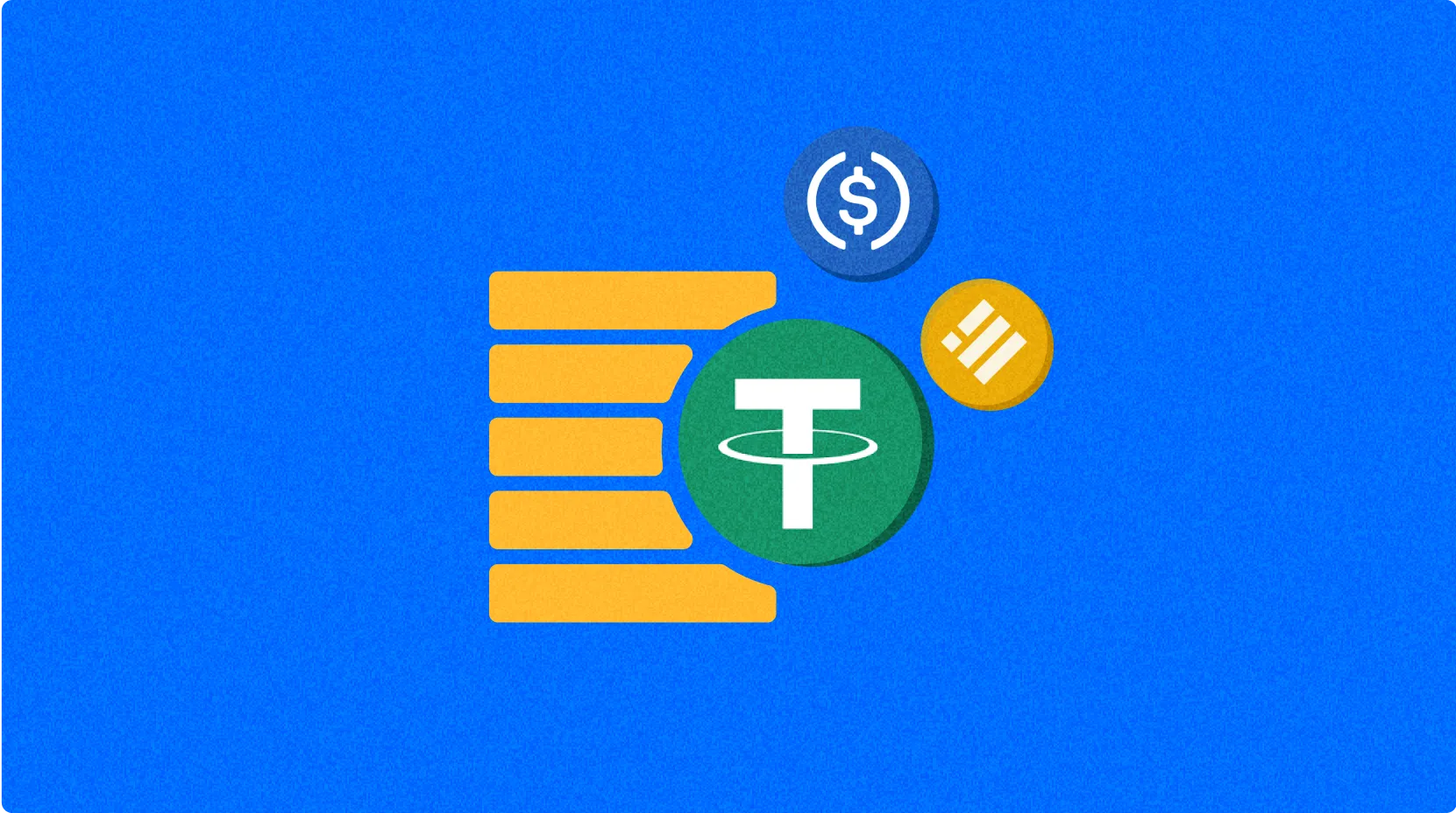fill or kill order

FOK (Fill or Kill) order is a specialized type of trading order that requires immediate and complete execution of the entire order, or it will be completely cancelled. This order type provides traders with a method to precisely control execution conditions, ensuring their trades are either executed immediately for the full quantity as intended, or not executed at all, thereby avoiding the uncertainties and risks associated with partial fills. In cryptocurrency trading, FOK orders are particularly suitable for situations where execution timing and price are sensitive, offering market participants a more precise trading control mechanism in highly volatile environments.
Key Features of FOK Orders
FOK orders possess the following essential characteristics:
-
Strict execution conditions: The order must be 100% filled immediately, and any order that cannot be fully satisfied immediately will be automatically cancelled without remaining in the order book.
-
Strong time sensitivity: FOK orders are extremely short-lived; the system will attempt to match them immediately and decide within milliseconds whether to execute or cancel them.
-
Zero partial execution: Unlike order types that allow partial execution (such as IOC), FOK absolutely does not accept partial fills.
-
Price control: Can be set as a market order (accepting the current best price) or a limit order (specifying a maximum buy price or minimum sell price).
-
High liquidity requirement: FOK orders require the market to have sufficient depth of liquidity to satisfy the entire order volume, otherwise they will be rejected.
Market Impact of FOK Orders
FOK orders influence cryptocurrency trading markets in multiple ways:
In high-liquidity markets, FOK orders can efficiently execute large block trades while avoiding market impact and price slippage. This order type allows institutional investors and large traders to complete transactions without significantly affecting market prices.
FOK orders also provide an important tool for algorithmic trading strategies, especially in arbitrage and high-frequency trading scenarios, where traders can ensure trades are executed completely at specific price levels, protecting the integrity of their strategies.
Additionally, FOK orders help improve market transparency, as unfilled orders do not linger in the order book, reducing instances of "fake depth" and making the order book more reflective of genuine market demand.
Risks and Challenges of FOK Orders
Using FOK orders also presents certain specific risks and challenges:
-
Low execution rate: In markets with insufficient liquidity, FOK orders may frequently fail, resulting in lost trading opportunities.
-
Market timing risk: Since FOK orders either fill completely immediately or get entirely cancelled, traders may miss opportunities for partial fills at slightly improved prices.
-
Technical dependency: The successful execution of FOK orders is highly dependent on exchange system processing speed and order routing efficiency.
-
Increased complexity: For novice traders, understanding and effectively using FOK orders may involve a learning curve, and improper use may lead to trading strategy failures.
-
Limited exchange support: Not all cryptocurrency trading platforms support the FOK order type, limiting its universality.
FOK orders are an important component of the cryptocurrency trading ecosystem. Although they may not be as commonly used as market or limit orders, they provide unique value in specific scenarios, especially for professional traders who need precise execution control.
Fill or Kill (FOK) orders hold significant importance in cryptocurrency markets by providing traders with an "all or nothing" trading approach that helps manage risks associated with market volatility. They are particularly useful for large block trades and algorithmic trading strategies, ensuring that trades are either executed in full as intended or not at all, avoiding the potentially adverse price impact of partial fills. As crypto markets mature and institutional participation increases, the importance of advanced order types like FOK will continue to grow, becoming an essential component in the professional trader's toolkit.
Share
Related Articles

Exploring 8 Major DEX Aggregators: Engines Driving Efficiency and Liquidity in the Crypto Market

What Is Copy Trading And How To Use It?
